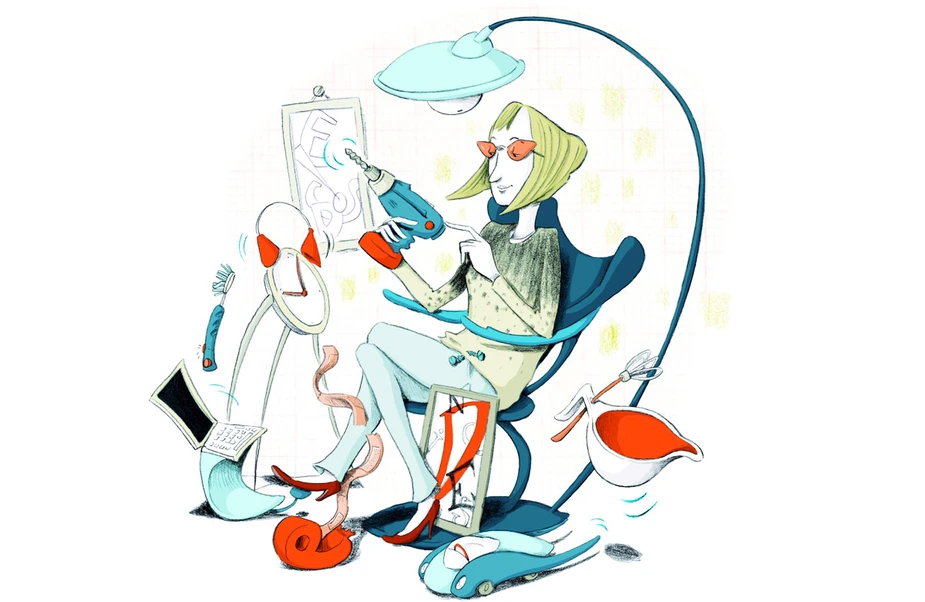Couches and Chameleons
Design is ingrained in our everyday life
Essay by Norman Kietzmann, a freelance journalist for architecture, design, and fashion. He lives and works in Milan.
There’s no way around it. Regardless of where we travel, how we live, how we dress, or what we do professionally: we are surrounded by design. The reason is simple: every product was developed by somebody, so by nature every product is a piece of design. However, this is not how we usually perceive it. Design is often synonymous with something exclusive, shrill and expressive. It steps out of line to claim more attention – and, lastly, claims a higher price. But is that really true?
If you call something “designer”, it develops a peculiar attraction – which can lead to peculiar results. Hairdressers now reinvent themselves as “hair designers”. Nail salons market a manicure as “nail design”, while certain watchmakers lure customers with the grandiose claim of actually “designing time” itself. However whimsically the word gets thrown about, there’s no remedy in sight. Apart from architects or doctors, the job title is not protected by law. Anybody can call themselves designers and go about doing their job. Does everything actually need a designer? The answer varies according to which industry you look at.
Car producers know that 70 % of their customer’s purchase decisions are not made based on engine performance or some other arbitrary key fact. Instead the feeling, self-image, and luxury that a brand conveys through its product’s design are paramount. On the other hand, producers of semi-finished goods and industries who focus solely on high-performance obviously attach muss less importance to the way their products look and feel. There are, however, notable exceptions. Hilti, a producer of tools from Liechtenstein, is one of those exceptions who have made design their signature feature. A stylish power drill? It sounds odd, but it really isn’t.
“Today nobody reads an operating manual. Moreover, everybody working on construction sites has to use the same tools, whether it’s a high-skilled professional or an unskilled labourer. That’s why it’s essential that the products are intuitive,” explains Stephan Niehaus who is head designer at Hilti. If a reciprocating saw immediately conveys how to hold and use it, it facilitates performing its designated task and prevents the risk of injuries. Ergo: Design is much more than that shrill, red couch. It makes things easy, understandable, and convenient. The form of a device gives us information whether it’s conveyed very directly and unambiguously, or more quietly, or inconspicuously.
So where does that leave beauty? “It is a pleasant by-product but in no way the focus of the development process. If a device is beautiful, it’s because it benefits the purpose of its application,” Stephan Niehaus is convinced. Are design and beauty rivals? Let’s say, they are more interconnected. However, as we know, beauty lies in the eye of the beholder. Some may find joy in the crazy and extravagant. But these features are just few of design’s many facets. More often good design goes by unnoticed. It is taken for granted and not perceived as something special. Like a chameleon, it is so adapted to its environment that it vanishes altogether. If you want to know what good design is, look around and direct your attention to the inconspicuous. Chances are you will find it right in front of your nose.
